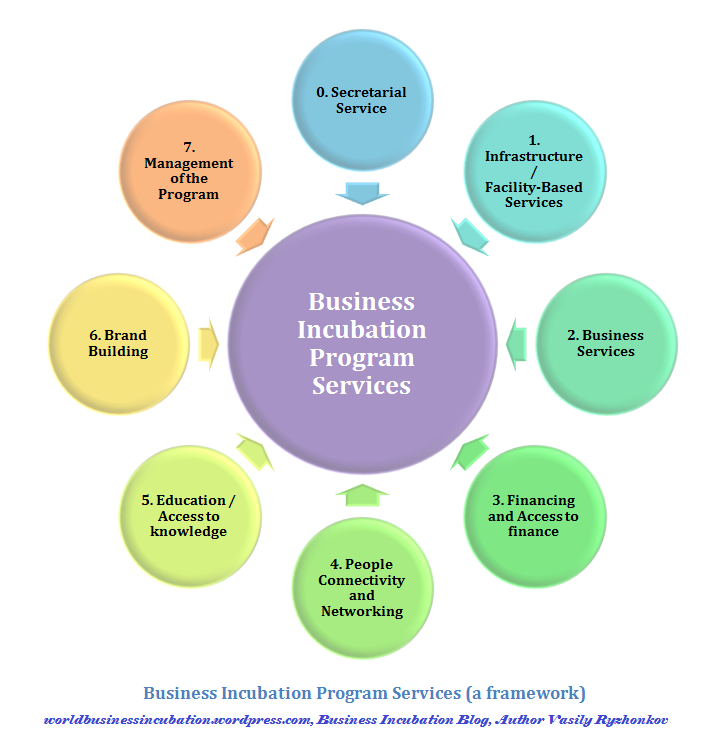Swiss Company Registration Service
Hotline: 86-755-82143422 Email: anitayao@citilinkia.com
Swiss official languages
Switzerland has four official languages: principally German (65.3% total population share, with foreign residents; 73.2% of residents with Swiss citizenship, in 2011); French (22.4%; 23.1%) in the west; Italian (8.4%; 6.1%) in the south. Romansh (0.6%; 0.7%), a Romance language spoken locally in the southeastern trilingual canton of Graubünden, is designated by the Federal Constitution as a national language along with German, French and Italian (Article 4 of the Constitution), and as official language if the authorities communicate with persons of Romansh language (Article 70), but federal laws and other official acts do not need to be decreed in this language.
In 2011, the languages most spoken at home among permanent residents aged 15 and older were: Swiss German (4,027,917, or 61.1%); French (1,523,094, 23.1%); Standard German (637,439, 9.7%); Italian (545,274, 8.2%); Ticinese and Grisons (107,973, 1.6%); Romansh (37,490, 0.57%); and English (278,407, 4.2%). Speakers of other languages at home numbered 1,382,508, or 16.5% of the population.

Swiss linguistic regions
Aside from the official forms of their respective languages, the four linguistic regions of Switzerland also have their local dialectal forms. The role played by dialects in each linguistic region varies dramatically: in the German-speaking regions, Swiss German dialects became ever more prevalent since the second half of the 20th century, especially in the media, such as radio and television, and are used as an everyday language, while (the Swiss variety of) Standard German is used for almost all written situations (c.f. diglossic usage of a language). Conversely, in the French-speaking regions the local dialects have almost disappeared (only 6.3% of the population of Valais, 3.9% of Fribourg, and 3.1% of Jura still spoke dialects at the end of the 20th century), while in the Italian-speaking regions dialects are mostly limited to family settings and casual conversation.
The official languages (German, French and Italian) have terms, not used outside of Switzerland, known as Helvetisms. German Helvetisms are, roughly spoken, a large group of words typical of Swiss Standard German, which do not appear in either of Standard German, nor Standard German dialects. E.g. terms from Switzerland's surrounding language cultures (German Billette from French), from similar term in another language (Italian azione used not only as act but also as discount from German Aktion). The French spoken in Switzerland has similar terms, which are equally known as Helvetisms. The most frequent characteristics of Helvetisms are in vocabulary, phrases, and pronunciation, but certain Helvetisms denote themselves as special in syntax and orthography likewise. Duden, one of the prescriptive sources for Standard German, is aware of about 3000 Helvetisms. Current French dictionaries, such as the Petit Larousse, include several hundred Helvetisms.
Contact Us
For further queries about investment in Switzerland, please do not hesitate to contact ATAHK at anytime, anywhere by simply calling China hotline at 86-755-82143422, 86-755-82143512, or emailing to anitayao@citilinkia.com